America started off World War II in a bad way. Our peacetime armed forces were woefully unprepared for a global conflict. The military had spent the years following World War I with little funding, and a budget that allowed for just a skeleton force. Despite this, American officers made two great decisions that would ultimately put us on the path to victory. The first was the adoption and production of the M-1 Garand rifle. This rifle’s semi-automatic design allowed Americans to adopt small unit tactics that gave them an advantage over the enemy’s mainly bolt action rifles. The second was the adoption of a small, four wheel drive general purpose vehicle designed to move soldiers and small amounts of supplies to and around the battlefield quickly and economically. Later called the Jeep by affectionate soldiers who loved the do anything runabouts, it was instrumental in transforming the American military into the juggernaut that defeated the Axis and went on to fight the Cold War. If you are an admirer of these amazing machines, then you are in luck. This 1942 GPW is for sale on Craigslist and can be located in Woodville, Alabama. While it needs a lot of work, the asking price is just $1800, and the owner is motivated to sell.
A story emerged during the Battle of the Bulge in 1944 that perfectly explains how integral the Jeep was to American troops. A Free French soldier was guarding a road block when some soldiers dressed in American uniforms approached on foot. They offered a greeting in English to the soldier, who promptly mowed them down with his machine gun. When asked why he did such a thing, his answer said it all. “Americans drive Jeeps.” he bluntly replied. Sure enough, they were Germans in American uniforms trying to cause mayhem. By the end of the war, Willys and Ford produced over 600,000 Jeeps, leaving Americans to drive them from Okinawa to Berlin and all points in between.
This poor Jeep has seen better days, but it is nearly all there. We don’t even know if it was made by Willys or Ford. While I am no Jeep expert, it is obvious that the seats are from some other vehicle. The rest looks original, but it certainly has sat outside for a long time. Surface rust covers every part of the vehicle, but it has only rusted through in the usual places. It is almost as if the areas where it rusted through allowed it to drain the water that did fall inside. A lot of Jeep parts are being reproduced, up to and including complete bodies with all of the smaller reproduction parts attached. Given that Jeeps are body on frame construction, they are fairly easy to disassemble and restore in comparison to many other vehicles. The big issue in a Jeep such as this is authenticity.
While American Bantam won the design competition, they were ill equipped to produce the number of Jeeps needed. A deal was struck with Willys and Ford to take over production, with Bantam ending up with the contract to produce the cool little trailers that were often seen with Jeeps during the war. Willys made the engines, and both Willys and Ford made the bodies and parts. Military vehicle collectors are often very meticulous, and a proper restoration in their eyes must have the proper parts for the month and year the vehicle was produced. During the war, changes were made as needed during production, as the military was interested in producing Jeeps as rapidly as possible. No thought was given to collectability when the Nazis were on the march. But, if a Jeep left the factory with a certain bracket in December of 1942, and the bracket was changed in January of 1943, the restoration is incomplete in their eyes if it doesn’t have the correct bracket for the vehicle production date.
Of course, that doesn’t mean that the MPs are coming for you for not using the correct parts. If you look closely at most of the Jeeps you see at car shows and in parades, they often are no where near perfect. For their current purpose, parading around and looking cool, they are perfect. This one, depending on what the frame looks like, could probably be fixed up for a lot less than the cost of a full, factory correct restoration. If you own a sandblaster, a torch or plasma cutter, a MIG welder, and can order patch panels with a credit card, then the body is likely salvageable. There will be a lot of metal work, and high build primer will be your new friend, but I think you could make it presentable. Mechanically, they are fairly simple, and the parts to rebuild the engine and drivetrain are out there. It would be nice to know if the engine is locked up in this case, but the ad just says that it doesn’t run.
The ad does state that the owner wants it out of his yard as soon as possible. Given that it is a 1942 model, this Jeep very likely saw some action during World War II. Perhaps one of our readers can let us know if there is a way to track where a Jeep was shipped by using the serial number. Even if its history is lost, it would be a shame to let this one be lost to history. The Jeep was a revolutionary vehicle, especially when you consider that it pretty much replaced the horse in combat. While Jeeps didn’t serve nearly as long as horses did in military history, they helped win a war that we had to win by changing how war was fought.





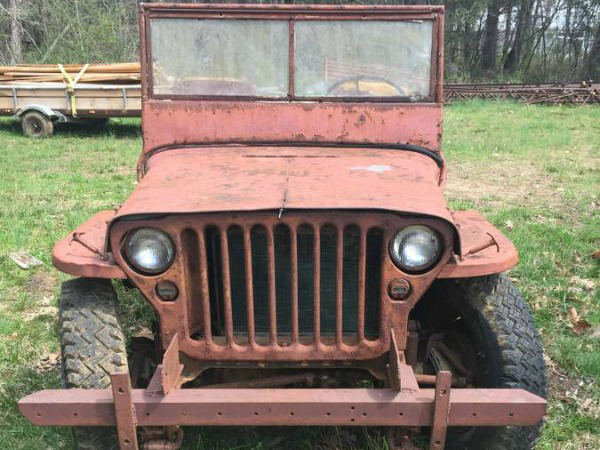
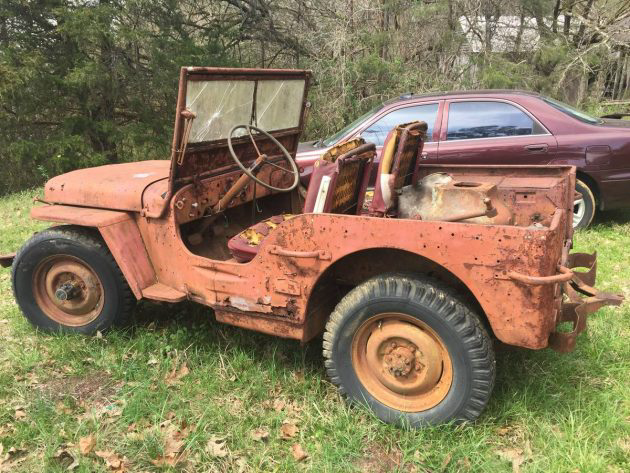

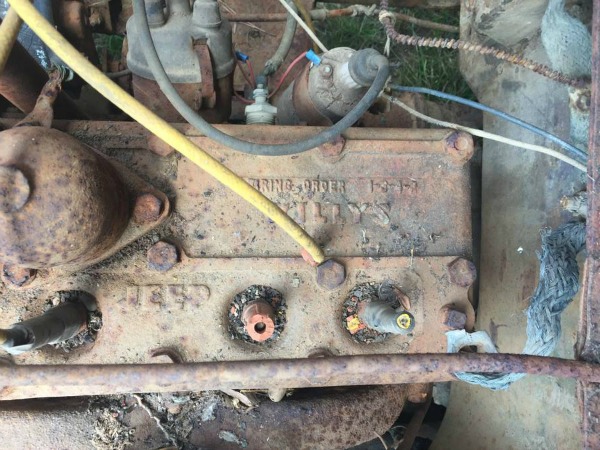
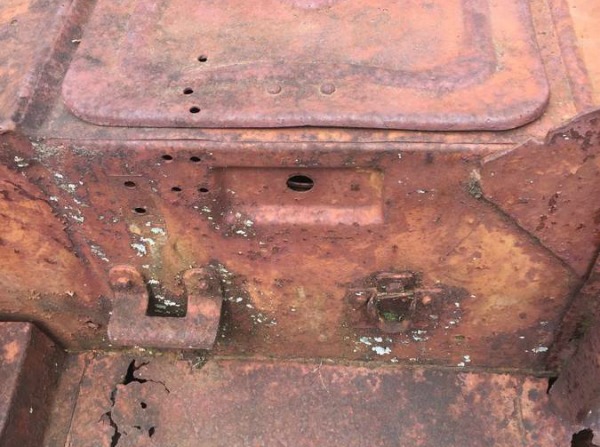
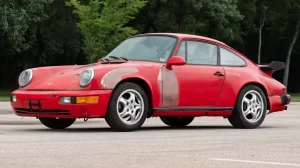
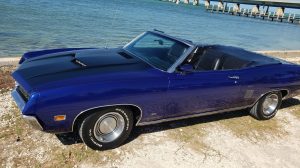
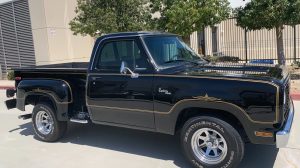



After WW1, the US military badly needed a light vehicle to replace the HORSE. Horses were used for transportation,movement of supplies and reconnaissance. Over 8 million horses died in that conflict. The infrastructure needed to transport horses, feed them and care for them was massive. Thus the order for a light utility vehicle after the Great War that resulted in the Jeep. :-) Terry J
Wow the tales it could tell,if it could talk !
a really interesting piece of history,that if
taken to military shows/events would be the
star-restored or not.! Older vets would
all have stories to share I bet.
Most of the military jeeps in civilian hands don’t really have a lot of history, the were assigned to training units or even ready reserve here in this country. Few that were in any combat theater came back home. They were inexpensive expendable vehicles. It was more important to bring home vehicles like heavy armor or artillery pieces than these. Many in theater vehicles were given to the French and British military.
Believe it or not, this looks like a good deal. Under that funky paint it looks like the data plates might still be on the glove box door. Experts can tell a Ford from a Willys on glance. GPW usually means Ford while MB means Willys. If there was a rear shot you could tell Ford script pressed in to rear. The storage boxes are also different. Biggest thing to watch out for is engine replacement from 50’s domestic CJ2′ s and CJ3’s. If engine #s are period correct this might be a decent restoration candidate. Need to see underneath.
Engine is post war Willys Civilian (by the way, both Willys and Ford made the engines for their respective jeeps, but both to Willys design). This jeep is a Ford GPW, but the transmission is also post war Willys and likely the T case as well. Does have a correct early steering wheel, but the tub has been chopped to add a tailgate. Front frame horns and frame have succumbed to Bubba’s good intentions and a drawbar has been added to the frame in the rear likely damaging it. Wheels are incorrect post war civvy as well. It does have many of the small accessory bits still which add to its value, but that tub is pretty beat and the drivetrain is not original.
Looks like a Ford GPW. The engine could be a late WW2 Willys or a realcement CJ2. And a great candidate for restoration.
Our ’42 Ford didn’t have a tail gate. Is that one of the differences between the two manufacturers?
No tailgate on my Willys
Tailgate had nothing to do with manufacturer, it was a difference between civilian and military.
I had an American Bantum trailer. The civilian version had a tailgate. The military did not, but did have a removable plug in the bottom. Why? To keep the cargo dry when fording rivers. May have been the same reason in the Jeep. Terry J
Our ’42…
My first car. Drove it for many years. A lot of miles off-road. The head on this one has probably been replaced as the original of this year would not have said JEEP. I don’t think the phrase was coined yet.
If that was in the Uk I would buy it right away. Sadly will cost the same again to ship here.
Been wanting a Jeep project … one day I shall get one.
Don’t care how unoriginal it is still looks like fun. However I already know that I don’t fit!
Wade is correct willys have round reccess on toolboxes, also has round front crossmember late fords didnt have script on rear as they got in trouble for that,however continued script on headbolts and various other bolts .yea tub is severly rusted but you could spraybomb it get it running and have fun
“defeated the Axis” Not by yourself you didn’t. How about a mention of the other Allies? I’m not belittling the American contribution and sacrifice, but the US didn’t do it alone.
Your point is well taken…….but I don’t remember many Australian built pieces of arms and equipment. Some British but even the Russians used American Hardware (some of Russian design made in the US). The Australians would be speaking Japanese if it hadn’t been for Macarthur and the Americans. I worked with many Australian troops……good soldiers all…… for coming from a penial colony 😊
An interesting and historically incorrect statement … which would generate some interesting debate but guessing this falls under the no politics rule?
I have bought and sold many of these old jeeps particularly in Europe. I bought a dozen one time from the US DRMO that had been given to France on a lend lease program but never used…….they were in Barlyduc France. We went down to look at them, they all had protective gauze over the instruments, lots of heavy creosote type preservative all over them. The problem was, the French had robbed the transmissions and transfer cases out of all of them. I had a German buddy that dealt with jeeps world wide so I bought 12 of them. The exact missing parts were still being manufactured in India…..so he cleaned them up, installed the Indian parts and sold them off. I never liked the way they drove…..particularly with big engines….never the less……fun historic vehicles that if driven carefully can be safe, but can be deadly if driven outside there limitations.
They still turn up new in shipping crates once in a blue moon. Wayne Carini had one from memory?